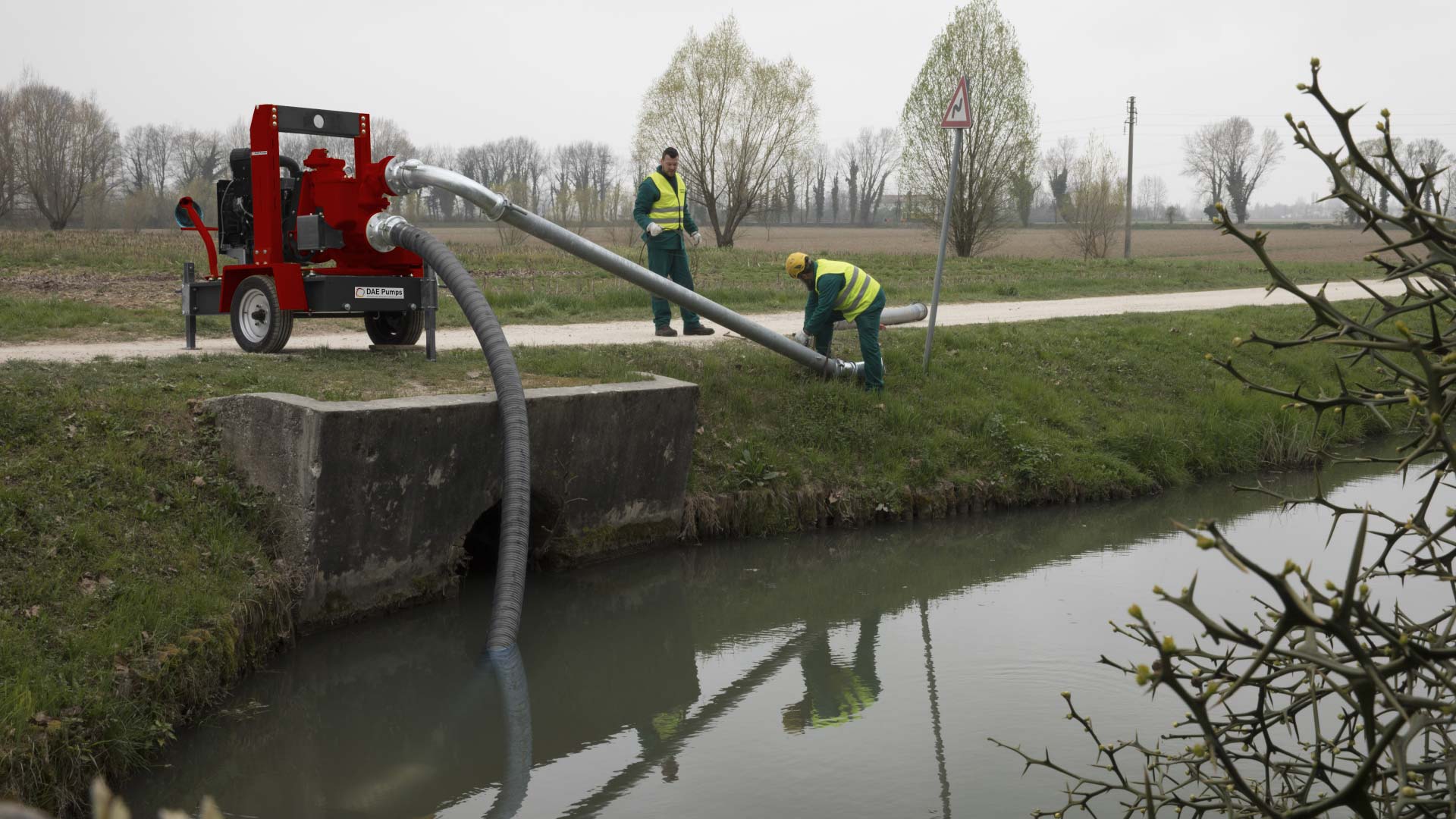Understanding Dewatering
Dewatering is a crucial process in many industries, including construction, mining, agriculture, and tunneling. It involves removing water from soil or other materials to create dry, stable ground conditions or to manage water levels. The selection of a dewatering technique depends on various factors such as the project’s requirements, volume of water, soil type, and environmental conditions. This blog explores the most popular dewatering techniques and their specific applications to help you choose the right method for your needs.
Dewatering refers to the process of removing groundwater or surface water from a construction site, excavation, or mine. It is a key step in ensuring safety, stability, and progress in various projects. For example, in construction, dewatering prevents water from accumulating in excavated areas, making it easier to work and reducing risks associated with waterlogged soil. In mining, dewatering helps manage groundwater levels to prevent flooding and facilitate access to resources.
Key Factors Influencing Dewatering Technique Choice
- Site Conditions: Soil composition (sand, gravel, clay, etc.) significantly impacts the effectiveness of different dewatering techniques.
- Groundwater Levels: High groundwater levels may require more robust dewatering methods.
- Project Requirements: The scope and duration of the project determine the suitable dewatering solution.
- Environmental Regulations: Compliance with water discharge and disposal regulations is essential to avoid legal issues.
Gravity Dewatering
What is Gravity Dewatering?
Gravity dewatering involves using natural gravitational forces to separate water from solids, typically by allowing water to drain from saturated soil. This method is effective when water can easily flow away from the site without requiring much mechanical intervention.
Advantages of Gravity Dewatering
- Cost-Effective: It is an economical solution for projects involving large water volumes, as it requires minimal equipment.
- Low Energy Requirement: Gravity dewatering relies on natural forces rather than powered equipment, reducing energy costs.
Applications
- Construction Projects: Useful in projects with minor groundwater issues, where water can naturally drain away.
- Mining Operations: Employed in settling ponds where sediment needs to be separated from water.
- Agriculture: Applied in managing soil drainage to improve field conditions.
Sump Pumping
What is Sump Pumping?
Sump pumping is a widely used technique where water is collected in a sump pit and then pumped out. It is particularly suitable for shallow excavations and areas where groundwater levels are high. A sump pump is typically installed at the lowest point of the excavation to collect and discharge water away from the site.
Advantages of Sump Pumping
- Simple and Easy to Implement: It is a straightforward method that does not require complex setups.
- Cost-Effective: Ideal for small to medium projects with limited budgets.
Applications
- Construction Sites: Used for dewatering excavations below the water table, especially in building foundations.
- Basement Water Removal: Commonly employed to keep basements and crawl spaces dry.
- Infrastructure Maintenance: Useful in maintaining subways, tunnels, and other underground structures.
Wellpoint Systems
What is a Wellpoint System?
A wellpoint system consists of a series of small wells installed around an excavation area and connected to a header pipe. Vacuum pumps create suction, drawing groundwater up through the wellpoints and lowering the water table. This method is effective for sandy or gravelly soils with high permeability.
Advantages of Wellpoint Systems
- Efficient for Large Areas: Capable of lowering groundwater levels over extensive areas, making it suitable for large projects.
- Adaptable to Deep Excavations: Provides a reliable solution for deep foundation work.
Applications
- Large Construction Projects: Commonly used for building foundations, underground parking, and other deep excavations.
- Trench Dewatering: Effective for pipeline installation and utility construction.
- Waterlogged Excavations: Suitable for areas where soil is saturated with water.
Choosing the Right Dewatering Technique
When selecting a dewatering technique, it is crucial to consider several factors to ensure optimal results:
- Soil Type: Understanding the soil’s permeability helps determine the most suitable method.
- Project Size: Larger projects may require robust solutions like wellpoint systems, while smaller projects can benefit from sump pumping.
- Environmental Impact: Assess the potential environmental effects of water disposal and select sustainable practices.
Comparison of Techniques
- Gravity Dewatering: Low cost, suitable for free-draining soils.
- Sump Pumping: Simple and effective for shallow sites.
- Wellpoint Systems: Ideal for deep excavations in permeable soils.
- Eductor Systems: Works well in low-permeability conditions.
Tips for Optimizing Dewatering Operations
- Use a combination of techniques if needed (e.g., sump pumping and wellpoints).
- Regularly monitor water levels and adjust equipment as required.
- Implement proper water discharge management to comply with regulations.
Environmental Considerations in Dewatering
Environmental sustainability is a critical aspect of any dewatering project:
- Managing Water Discharge: Ensure that discharged water meets local environmental standards.
- Minimizing Impact on Ecosystems: Avoid altering natural groundwater flows that may harm local wildlife.
- Sustainable Practices: Use methods like gravity dewatering where possible to minimize energy consumption.
Conclusion
Dewatering plays a vital role in various industries, helping to manage water levels and create safe, stable working conditions. Each technique—gravity dewatering, sump pumping, wellpoint systems, and eductor systems—has unique advantages and applications depending on soil type, project scale, and environmental factors. Selecting the right dewatering method is essential for project success, and consulting with dewatering experts can help tailor solutions to meet specific requirements.
